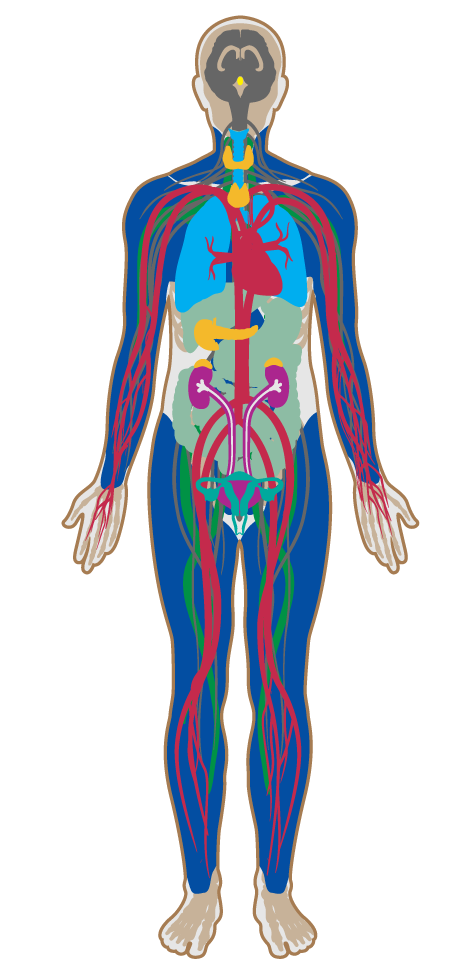Smoking ban
Features/Air/Feature 02
- 01 Air quality standards
- 02 Smoking ban
- 03 Ventilation effectiveness
- 04 VOC reduction
- 05 Air filtration
- 06 Microbe and mold control
- 07 Construction pollution management
- 08 Healthy entrance
- 09 Cleaning protocol
- 10 Pesticide management
- 11 Fundamental material safety
- 12 Moisture management
- 13 Air flush
- 14 Air infiltration management
- 15 Increased ventilation
- 16 Humidity control
- 17 Direct source ventilation
- 18 Air quality monitoring and feedback
- 19 Operable windows
- 20 Outdoor air systems
- 21 Displacement ventilation
- 22 Pest control
- 23 Advanced air purification
- 24 Combustion minimization
- 25 Toxic material reduction
- 26 Enhanced material safety
- 27 Antimicrobial activity for surfaces
- 28 Cleanable environment
- 29 Cleaning equipment
- P9 Advanced cleaning
Smoking ban
Intent:
To deter smoking, minimize occupant exposure to second hand smoke, and reduce smoke pollution.
BACKGROUND
Over 42 million adults in the U.S. and over a billion individuals worldwide are cigarette smokers. In the U.S. alone, smoking tobacco is related to over 400,000 premature annual deaths. Furthermore, the average life expectancy of a smoker is 10 years less than that of a non-smoker. In addition to nicotine, cigarettes contain about 600 ingredients that form over 7,000 compounds when burned, of which at least 69 are known to be carcinogenic. Secondhand smoke exposes non-smokers to the same toxins, increasing the number of people subject to health risks from smoking.
Signage is present to indicate:
a.1
A smoking ban within 7.5 m [25 ft] (or the maximum extent allowable by local codes) of all entrances, operable windows and building air intakes.
b.
A smoking ban on all decks, patios, balconies, rooftops and other regularly occupied exterior building spaces.
c.
The hazards of smoking, in all areas beyond 7.5m of the building entrances (if smoking is permitted in this areas). These signs are to be placed along all walkways with a distance of not more than 30 m [100 ft] between signs.

